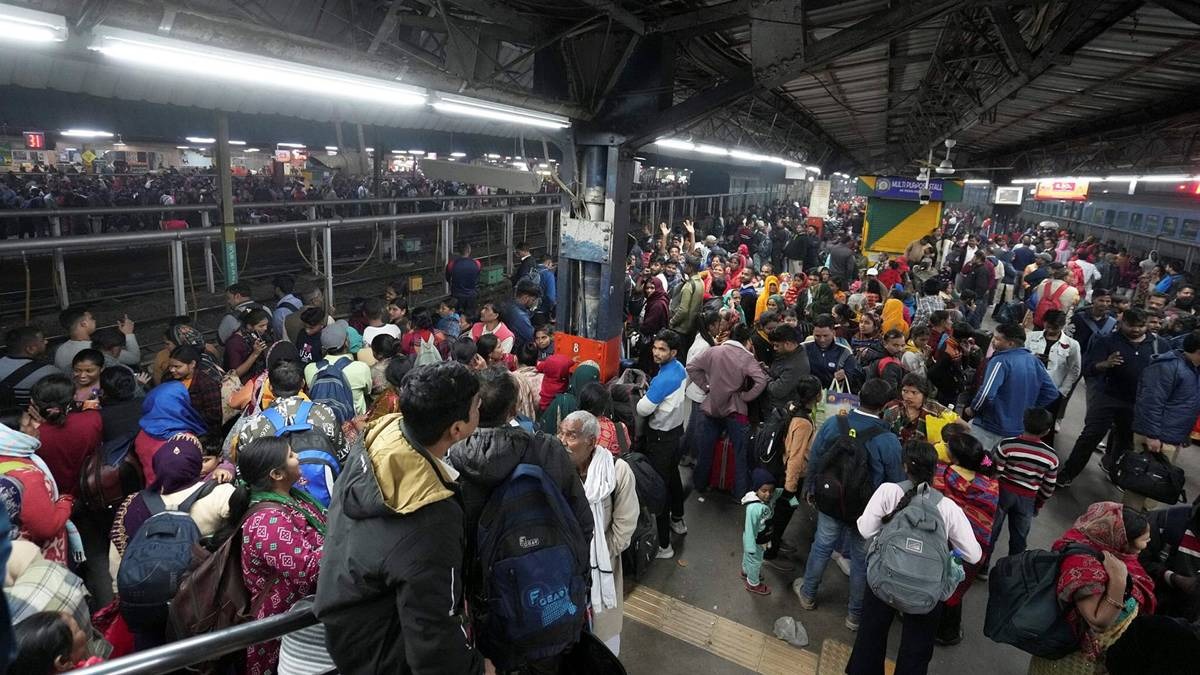Last week, a popular media platform published an article highlighting the alarming levels of faecal coliform bacteria found in the river water of Prayagraj. As troubling as this is, it is not the first time we have encountered reports deeming the holy Ganges river “unfit” for bathing, let alone for drinking or performing sacred rituals. As the Maha Kumbh Mela approaches its grand conclusion, we are witnessing a significant influx of devotees eager to participate in the final rituals of this historic gathering.
The festival began on January 13, 2025, with the Paush Purnima Snan and is set to conclude on February 26, 2025, on the auspicious occasion of Maha Shivratri.

Over the past several weeks, millions of devotees from India and around the world have visited Prayagraj to take a dip in the holy ‘Triveni Sangam.’ Many of my near and dear ones have visited as well. I now have three bottles of packaged Gangajal placed in my pooja temple, all from relatives insisting that we sprinkle some on our heads for blessings. While I may not have made it to Prayagraj to seek Ganga Ma’s blessings, she certainly found her way to me. Lucky me, right?
Looking back, the Maha Kumbh Mela was more than just another religious event; it was a logistical behemoth and, unfortunately, also a stark reminder of our lack of preparedness for managing mass gatherings of this scale. Despite spending Rs 7,500 crore on AI surveillance, water filtration, hospitals, and transport, the gaps in planning and management remain painfully evident.

Issues such as overcrowding, mismanagement, and tragically, fatalities, have raised questions about whether authorities are prioritising spectacle over safety.
The sheer scale of attendees, estimated at nearly half a billion, has pushed resources to the limit, making it challenging for authorities to manage such an overwhelming rush. Many readers who attended may have experienced the excitement first-hand, but I’m sure each of us has heard accounts of overcrowding, scams, poor infrastructure, inadequate toilet facilities, and questionable accommodation options at the Kumbh Mela.

The most horrific instance was the tragic stampede at the Delhi train station, which claimed the lives of 18 devotees. Each of these incidents serves as a stark reminder of how mismanagement can turn deadly in an instant.

Additionally, beyond crowd control failures, there is another concern that worries me as someone who has spent considerable time in a microbiology lab—the state of sanitation and public health at mass gatherings of this scale.
Back in my thesis days, my lab partner and I collected water samples from a lake near an industrial area in Ahmedabad. After weeks of research, we discovered a troubling number of dangerous bacterial strains in waters where people bathed, washed clothes, and conducted their daily activities. Public safety concerns around Indian lakes and rivers are nothing new. With recent reports indicating dangerously high levels of faecal coliform in Prayagraj, I can’t help but think about all the people taking a dip in the Ganges every day, believing in the river’s purifying properties. What happens when that same water is teeming with harmful bacteria?

Now, don’t get me wrong—whatever your religious beliefs may be, you have to agree that Gangajal is unique. It contains bacteriophages that kill harmful bacteria, has high oxygen levels, and even possesses natural self-purification properties due to its unique terrain. Some may argue that it has been scientifically validated that Ganga water is indeed “holy.” However, stagnant areas of the river still harbour dangerous pathogens. When people not only bathe in the river but also drink its water, serious concerns arise.
The Kumbh Mela isn’t just a test of faith; it is a test of governance. Encouraging religious tourism is one thing, but ignoring basic safety measures like sanitation, crowd control, and clear communication is a recipe for disaster. The government has a responsibility to ensure that faith does not come at the cost of human lives.
So, whether you believe that the Ganges is truly “holy” or merely another contaminated river is up to you. One thing is certain: clean water and public safety should never be up for debate.

(The author is a 26-year-old marketer based in Ahmedabad with a deep love for storytelling and marketing)
Also Read: Modi Hailed Tribal Communities on ‘Mann Ki Baat’. Here Are 5 Ways His Govt Is Robbing Them of Rights











